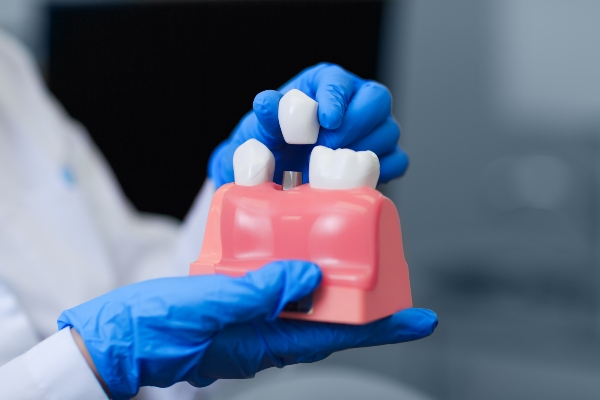3 Tips for Choosing Endodontic Treatments

If the pulp, which is a tooth's internal layer, gets infected or damaged due to decay, repeated treatment, or trauma, endodontics is a way to treat the tooth without extracting it. Without treatment, the infection will worsen, causing significant pain, sensitivity, teeth discoloration, and swelling. This article covers the points that you need to consider when choosing endodontic treatments.
Overview of endodontic treatments
Endodontic treatment involves removing the infected or damaged pulp tissue inside the tooth. The root canal procedure requires creating an access hole into the tooth to clean and disinfect the pulp chamber and root canals. The dentist will fill the space with gutta-percha and cover the tooth with a crown. When the root canal is not effective, the dentist may recommend apicoectomy or root-end surgery. This involves removing infected tissue around the root and the root tips. A small filling will be used to seal the root canals.
Choosing endodontic treatments
Endodontic treatment can be completed within one or two dental appointments. After a dental evaluation, the dentist will present potential treatment options. Here are tips for making the right decision.
Understand the cause of the problem
Before opting for treatment, patients should be aware of the problem's origin. The pain, which often affects the molars, is caused by infection or decay in the tooth and roots. First, the dentist may recommend taking dental X-rays to be sure of the situation under the tooth's surfaces. It is better to make the decision only after confirming the situation. Patients should also ask the dentist any questions that they have about the situation.
Ask the dentist about technology and techniques available
There have been major technological advancements in endodontics to make accurate diagnoses and accelerate treatment progress. This equipment gives dentists a better understanding of dental issues so they can recommend the best action plan. Some of the technology involved in endodontics include radiographs for digital imaging. The dental imaging technology often used include dental X-rays or Cone Beam CT.
While root canal therapy is more common than other endodontic treatments, it is advisable that patients learn more about the services provided by the dental professional. Additional options offered can improve a patient's experience when they need to undergo the root canal procedure.
Readiness to commit to aftercare
After the root canal, patients need to be gentle around the area for a few days. If the final crown or filling has not been fixed over the tooth for protection, the tooth is fragile and at risk of breakage. The dentist will recommend a soft food diet to reduce pressure on the area. Once the crown or filling is in place, the treated tooth can last as long as the rest of the teeth.
Commitment to oral care is important to reduce the risk of decay and reinfection. Before choosing endodontic treatments, it is important to remember the importance of aftercare, or the procedure would have been for nothing.
In conclusion
Before choosing endodontics, talk to the dentist first. They will examine your condition and determine if and which endodontic treatment will help restore the affected tooth.
Request an appointment here: https://metrosmiles.com or call Metro Smiles Dental at (718) 841-9591 for an appointment in our Forest Hills office.
Check out what others are saying about our dental services on Yelp: Endodontics in Forest Hills, NY.
Recent Posts
Peri-implantitis is a painful condition that affects the dental implant site. If left untreated, the consequences are irreversible, so it is important to maintain a checkup schedule with an implant dentist. However, an implant dentist can save your implants, gum tissue, and jawbone without much hassle if caught in its early stages. This article will…
People with tooth loss can smile with confidence again, thanks to the help of an implant dentist. Tooth loss can greatly impact a person's quality of life, affecting how they speak, eat, and feel about their smile. Also, tooth loss can eventually lead to bone loss and changes in facial structure. Fortunately, an implant dentist…
Our implant dentist is here to guide you through the process of getting dental implants, from your initial consultation to the surgical installation of your implant. Understanding how the process works allows you to ask the right questions during your appointment.An implant dentist spends a large fraction of their time placing implants. Implants are screws/rods…
Implant dentist>s restore the appearance, function, and oral health of patients' smiles by replacing missing teeth. What makes implant dentistry unique is the use of dental implants, which are essentially artificial tooth roots that hold replacement teeth securely in the proper permanent position.Many have heard of implant dentistry but are not entirely familiar with what…


